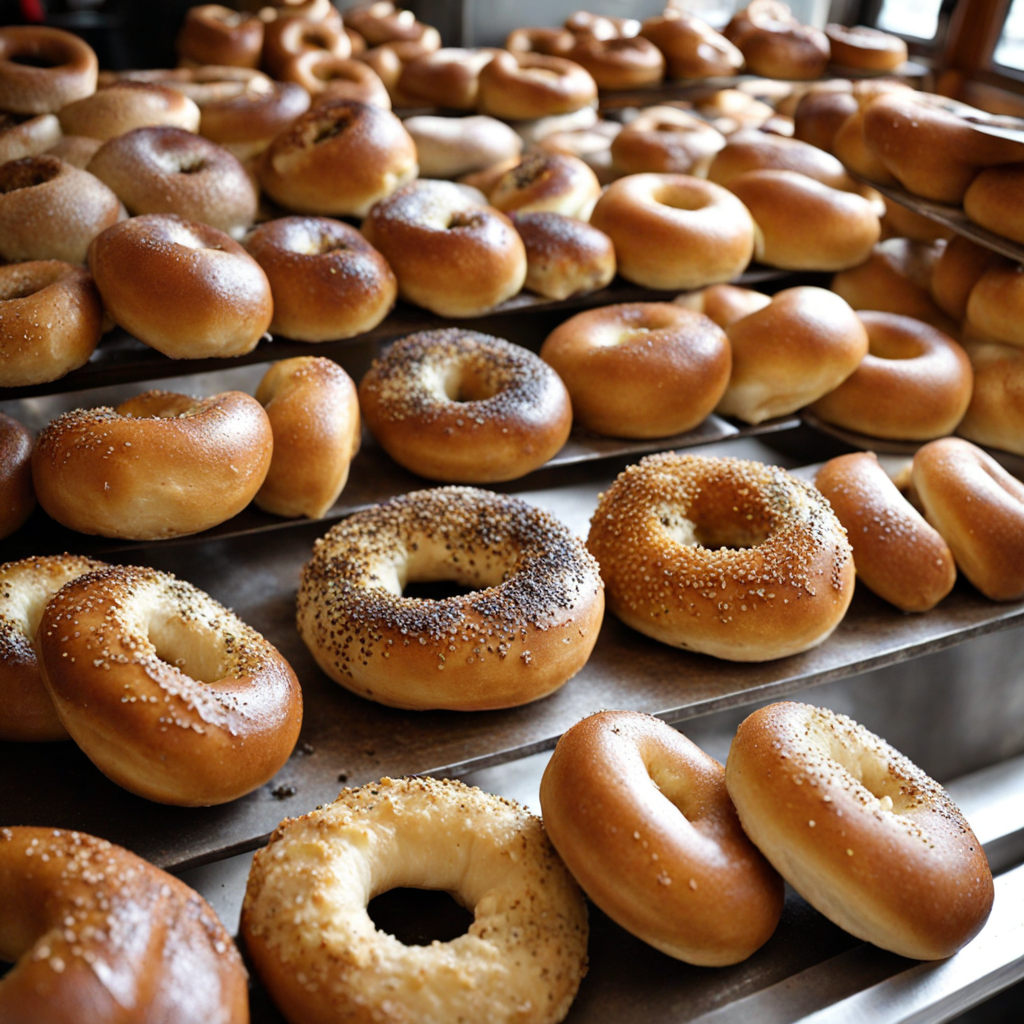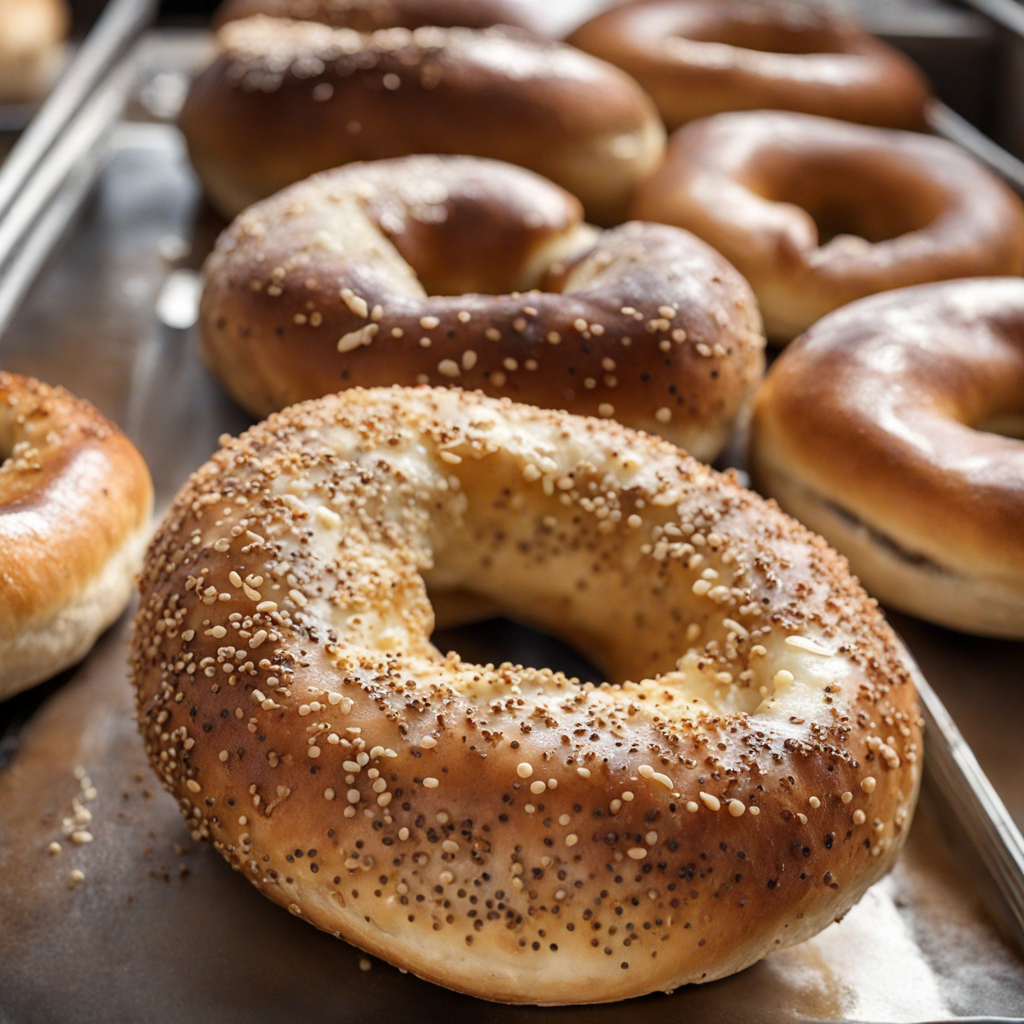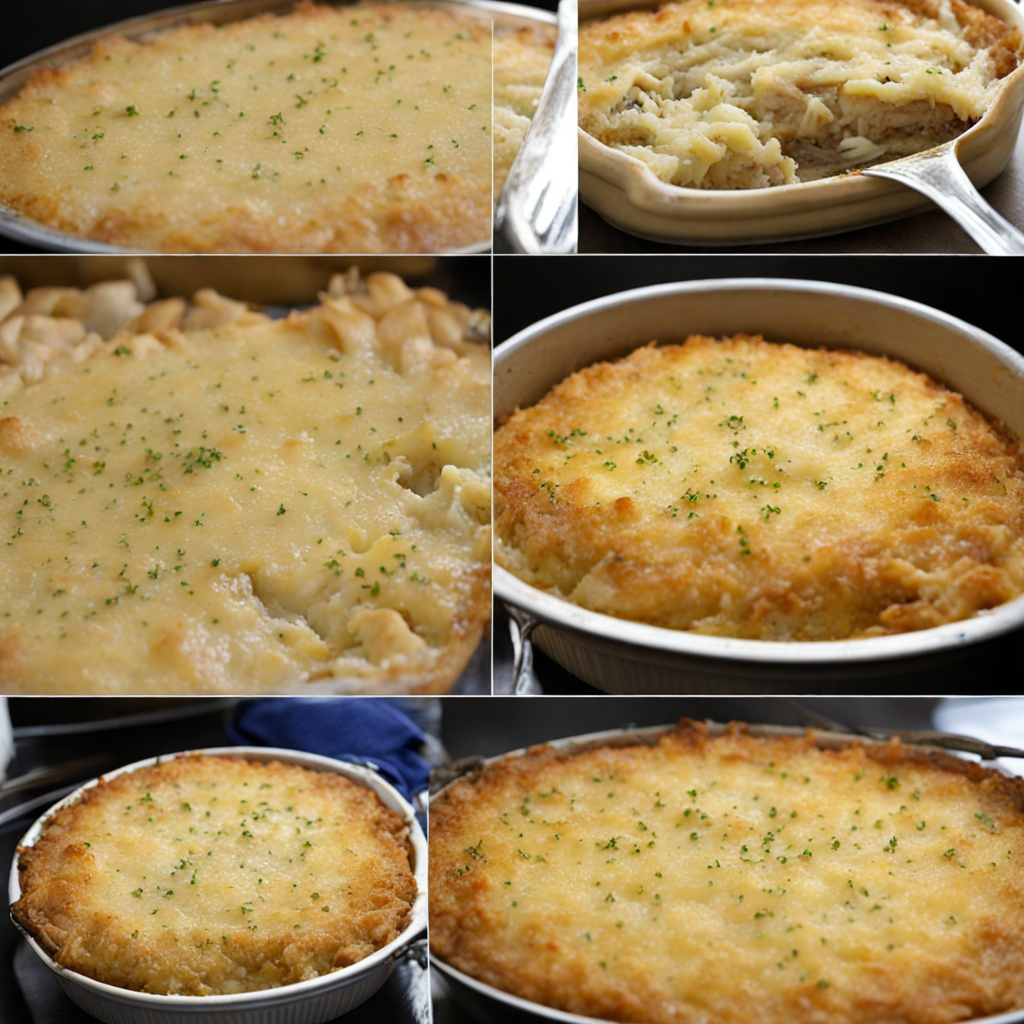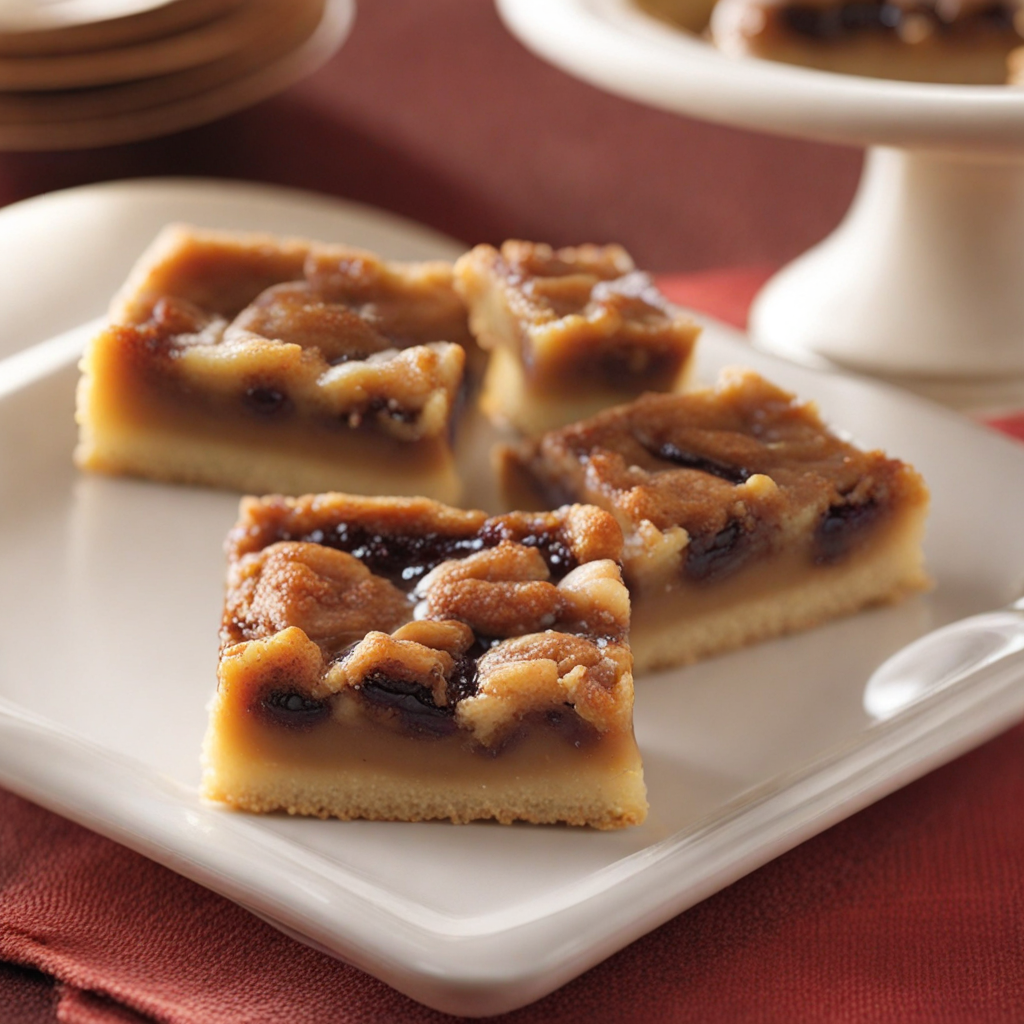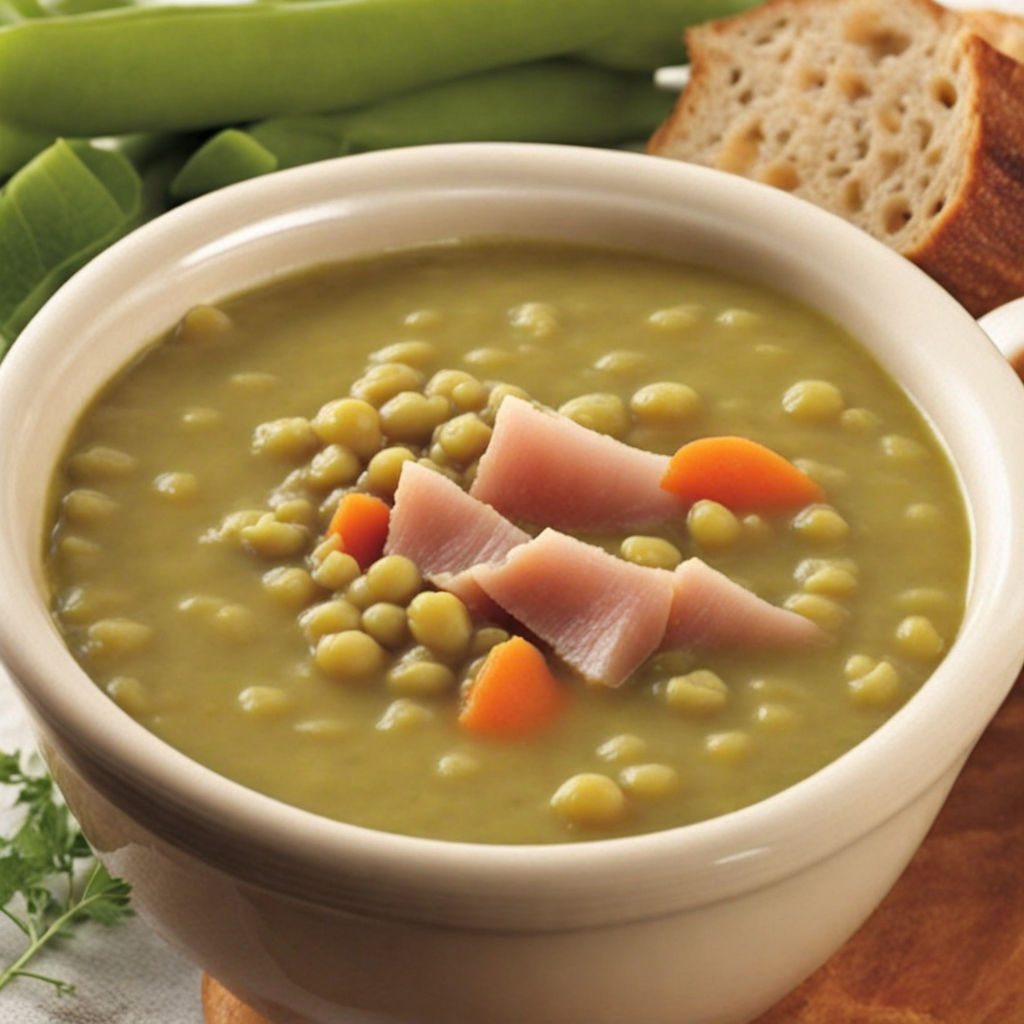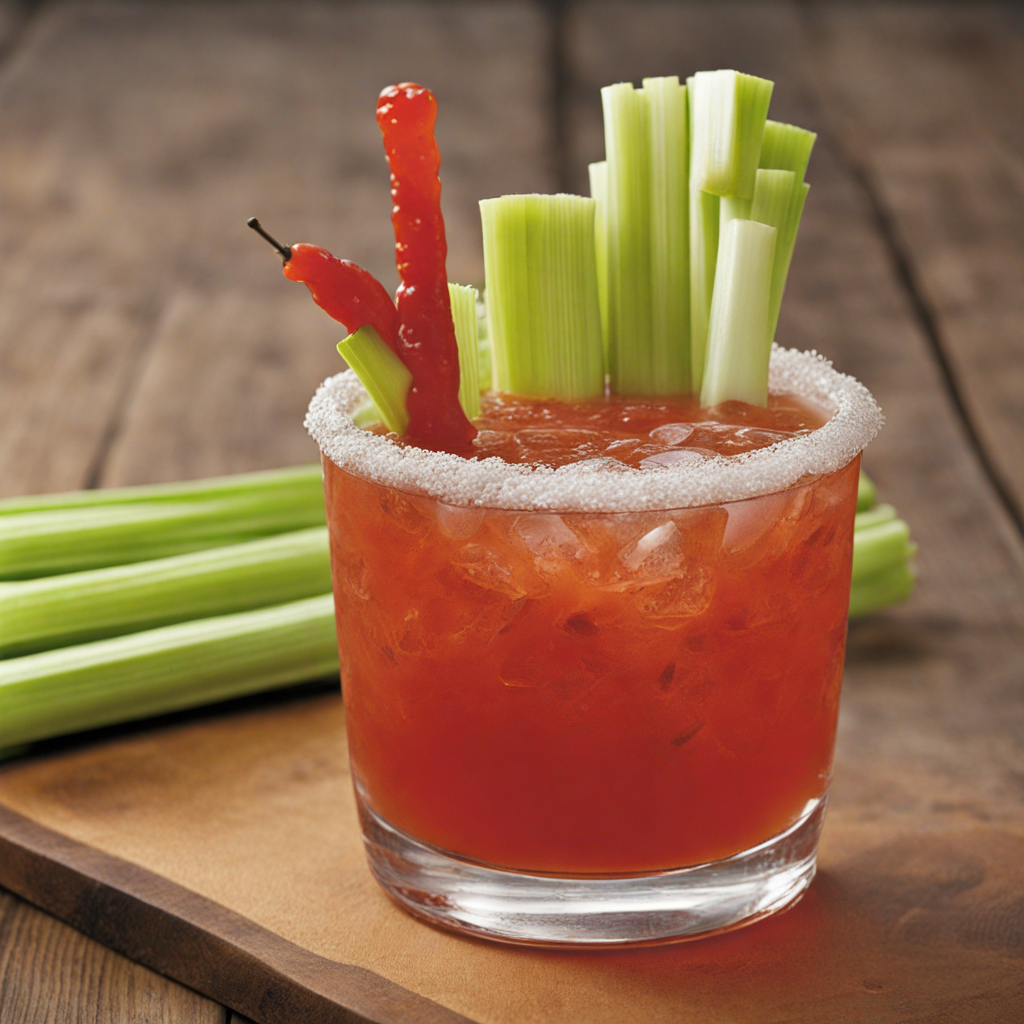Montreal Bagels
Montreal bagels are a delightful culinary treasure that hails from the vibrant city of Montreal in Canada. Unlike their New York counterparts, Montreal bagels are smaller, denser, and slightly sweeter, making them a unique treat for any food lover. The dough is traditionally made with high-gluten flour, yeast, and a hint of honey or malt syrup, which gives these bagels their distinctive flavor. They are shaped by hand, resulting in a unique texture that is both chewy and satisfying. What truly sets Montreal bagels apart is their method of preparation. Once shaped, they are boiled in a honey-sweetened water bath before being baked in a wood-fired oven. This cooking technique not only enhances their chewy texture but also imparts a subtle smoky flavor that is hard to resist. The bagels emerge with a crisp, golden exterior that contrasts beautifully with the soft, fluffy inside, making each bite a delightful experience. Montreal bagels are often enjoyed simply with cream cheese or butter, but they can also be topped with a variety of seeds, such as sesame or poppy. Many locals enjoy them with smoked salmon, capers, and fresh vegetables, creating a heavenly combination of flavors. Whether you're discovering them for the first time or savoring a nostalgic bite, Montreal bagels offer a unique taste of Canadian culinary culture that is both comforting and exciting.
How It Became This Dish
The History of Bagels de Montréal: A Culinary Journey Origins The story of Bagels de Montréal begins with the waves of Jewish immigrants arriving in North America in the late 19th and early 20th centuries. Among them were those from Eastern Europe, particularly Poland and Russia, who brought with them the traditional recipes of their homeland, including the iconic bagel. However, the bagel as we know it today—a round, chewy bread with a hole in the middle—was not initially a staple in the diets of the North American populace. The roots of the bagel can be traced back to the 16th century in Poland, where it was known as a "bajgiel." The word itself is derived from the Yiddish term "beygel," which is thought to come from the German word "beugel," meaning "ring." Early bagels were simple boiled bread, often made with a lean dough, and were consumed by Jewish communities in Poland and later in the diaspora. Arrival in Montreal Montreal became a focal point for Jewish immigration in the early 1900s. The first bagel shops in Montreal were established by Jewish immigrants who sought to recreate the flavors of home. The first documented bagel shop in Montreal, St-Viateur Bagel, was founded in 1957 by Isadore Shlafman, although some suggest that bagels were being baked in the city well before that. The Montreal-style bagel is distinct from its New York counterpart in several key ways. While both are boiled before baking, Montreal bagels are smaller, denser, and slightly sweeter. They are typically made with malt and honey, which contribute to their unique flavor. Furthermore, Montreal bagels are baked in wood-fired ovens, giving them a distinct crust that is both crisp and chewy. Cultural Significance As the Jewish community in Montreal flourished, so too did the popularity of bagels. They became more than just a type of bread; they evolved into a symbol of Jewish culture and identity in the city. Bagels de Montréal serve as a connection to the immigrant experience—an edible reminder of the struggles and successes of the Jewish community in Canada. In the 1960s and 1970s, Montreal bagels began to gain popularity outside of the Jewish community. As the city became increasingly multicultural, its culinary landscape expanded, and bagels found their way into the diets of a more diverse population. The introduction of bagels into mainstream Canadian culture can be attributed to their widespread availability and the rise of popular bagel shops that catered to a broader audience. Development Over Time Throughout the latter half of the 20th century, bagels de Montréal underwent a transformation. The rise of "bagel shops"—many of which were open 24 hours—led to a culture of bagel consumption that transcended the traditional Jewish community. Shops like Fairmount Bagel and St-Viateur became institutions, celebrated not only for their delicious bagels but also for their role as community gathering spaces. Bagels de Montréal have also inspired culinary innovation. Local bakers began experimenting with flavors and toppings, introducing varieties that incorporated everything from sesame and poppy seeds to more unconventional ingredients like garlic, cheese, and even jalapeños. These innovations have contributed to the evolution of the bagel, allowing it to remain relevant in an ever-changing culinary landscape. In the 1980s and 1990s, Montreal bagels gained recognition beyond Canada. The rise of food tourism in the city, coupled with the internet and social media, allowed food lovers to share their experiences of Montreal bagels with a global audience. Bagels became a must-try food for anyone visiting Montreal, solidifying their status as a culinary icon. The Modern Era In recent years, the Bagel de Montréal has continued to thrive. Though traditional recipes and methods are upheld at many shops, new artisans have emerged, offering contemporary twists while respecting the bagel's heritage. The growing trend of artisanal baking has led to an increased focus on quality ingredients, local sourcing, and sustainability. Many modern bagel shops are committed to using organic flour, non-GMO ingredients, and traditional methods, such as wood-fired baking. The bagel has also found a place in the world of health and wellness. With the rise of low-carb diets and gluten-free options, innovative bakers have begun offering alternatives while still paying homage to the beloved original. Bagels de Montréal have adapted to these trends without losing their core identity, proving their versatility and enduring appeal. Conclusion Today, Bagels de Montréal are more than just a food; they are a cultural artifact that tells the story of a community's resilience, creativity, and evolution. They symbolize the blending of tradition and modernity, serving as a reminder of the past while embracing the future. As Montreal bagels continue to be celebrated and enjoyed both locally and internationally, they stand as a testament to the city’s rich cultural tapestry. Whether slathered with cream cheese, topped with lox, or simply enjoyed on their own, Bagels de Montréal encapsulate a unique culinary heritage that is both delicious and deeply meaningful. In the end, the story of Bagels de Montréal is one of connection—between people, cultures, and generations. It is a history that is still being written today, one bagel at a time.
You may like
Discover local flavors from Canada


